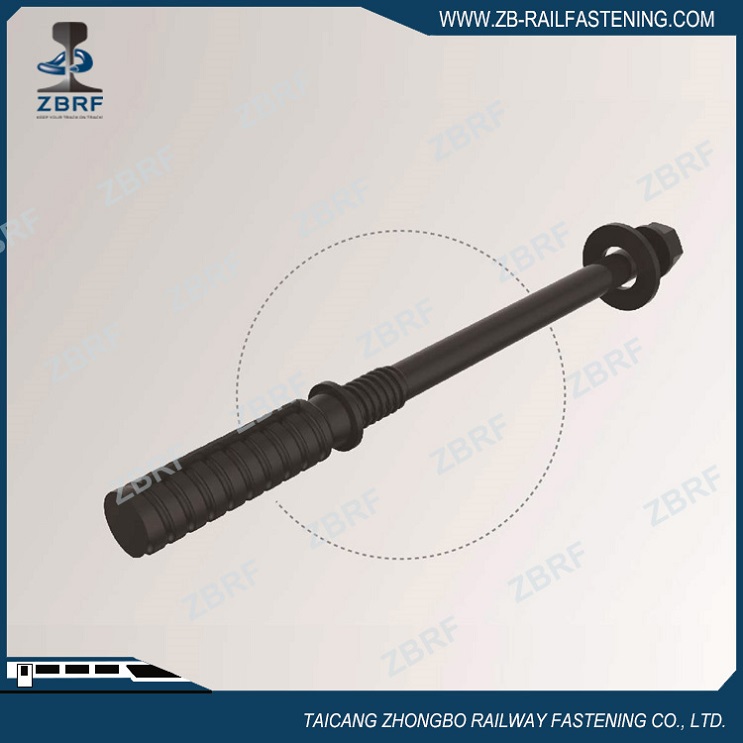Traction machine influence factors
Balance Factor The traction force in an elevator system is generated by the gravitational forces of both the car and the counterweight acting on the rope groove of the traction sheave through the hoisting rope. This means that the counterweight plays a crucial role in creating the necessary friction between the rope and the groove. By balancing the weight of the car with the payload, it helps reduce the power required for the elevator to operate. Hence, the counterweight is suspended on the opposite side of the traction sheave to maintain equilibrium with the car. When the weight on both sides is equal (T1 = T2), the traction machine can function efficiently by overcoming only the various frictional resistances. However, in reality, the car’s weight changes depending on the load (passengers or cargo). As a result, a fixed counterweight cannot fully balance the car under all conditions. Therefore, the weight and balance of the counterweight directly influence the traction efficiency and the energy consumption of the system. To ensure that the torque experienced during full load and no load remains similar, the national standard specifies a balance coefficient K between 0.4 and 0.5. This means the counterweight should balance 40% to 50% of the rated load. In other words, the total weight of the counterweight should be equal to the car’s weight plus 0.4 to 0.5 times the rated load. This ratio is known as the balance factor. When K equals 0.5, the torque at half load becomes zero, meaning the car is perfectly balanced with the counterweight, resulting in optimal performance. As the load increases from no load to full load, the torque on the traction sheave only changes by about 50%, which reduces energy use and eases the burden on the traction motor. Equivalent Friction Coefficient f and Rope Groove Shape The shape of the rope groove on the traction sheave affects the friction between the rope and the groove, which in turn influences the traction force. Different types of grooves are used today, such as semi-circular grooves, V-shaped grooves, and semi-circular grooves with notches. Semi-circular grooves have the lowest friction coefficient, while V-shaped grooves provide the highest, but they also wear out faster and may cause the rope to slip if not maintained properly. Over time, worn ropes tend to adopt a more semi-circular shape. Notched grooves offer a middle ground, with stable friction properties even after some wear, making them widely used in modern systems. Lubrication of the steel wire rope inside the groove is important, but excessive oil on the surface can reduce the friction coefficient and lead to slipping, which decreases the traction force. Only internal lubrication is recommended. Wrap Angle of the Traction Rope on the Traction Sheave The wrap angle refers to the arc length of the rope that comes into contact with the rope groove. A larger wrap angle increases the frictional force, thereby improving the traction force. To enhance safety and performance, two common methods are used to increase the wrap angle: one involves using a 2:1 rope ratio to achieve a 180° wrap, and the other uses a rewind configuration (α1 + α2). The way the rope is wound around the traction sheave depends on the system’s requirements, including load capacity and speed. Common winding methods include single winding and rewinding. In single winding, the rope wraps around the sheave once, with a wrap angle less than or equal to 180°. In rewinding, the rope passes over the sheave twice, increasing the wrap angle beyond 180°. These different configurations affect the traction ratio, which is the relationship between the linear speed of the sheave and the car’s movement.
Tunnel Spear Bolt is classified under the special type of bolts that are known as structural bolts which can be produced in various grades, sizes and load capacities depending on their specific use. These spear tunnel Bolt are utilized to make transportation through undersea and underground tunnels possible by binding together a number of metal beams and posts which make up the tunnel`s frame.
Application of Tunnel Spear Bolt
For comnecting concrete rings by casting plastic dowel in
Photos of Application of Tunnel Spear Bolt
Technical Requirement of Tunnel Spear Bolt
1.Material :grade 4.6,5.8,6.8,8.8,10.9,12.9
2. finish
Plain,Dacroment,Hot Dip Galvanized
Supply city of Tunnel Spear Bolt
Denmark,Spain,India,Italy,USA
Tunnel Spear Bolt,Rail Steel Tie,Spear Bolt With Washer,Hdg Spear Bolt TAICANG ZHONGBO RAILWAY FASTENING CO., LTD. , https://www.railfastener.com

